Have a look at our pre-planned programmes, or contact us with your own requests!
Chamber music from Europe
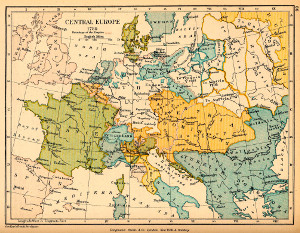
For oboe/flute, violin, viola - or two violins - and continuo with music by Dornel, Pla, Graun, Molter, Albinoni and Telemann. 5 musicians, around 60 minutes of playing time.
The highlights of the baroque - a journey through Spain, France, Italy and Germany - this programme gives an insight into the diversity of music in the 18th century throughout Europe. Music from known and unknown composers - from the trio sonata and solo concerto, to the mixed quartet.
Berlin rarities: music at the court of Frederick the Great
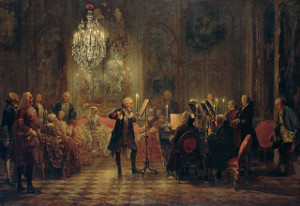
For oboe/flute, violin, viola - or two violins - and continuo, this programme was particularly conceived with C.P.E. Bach's 300th birthday year of 2014 in mind. 5 musicians, around 60 minutes of playing time.
Frederick the Great was famous for being an enlightened monarch, a lover of the arts and a brilliant intellect. Music was his great passion. Using the model of the famous Dresdner Hofkapelle, Frederick founded his own small chamber orchestra in Rheinsberg. To fill this orchestra he hired some of the most famous and skilled musicians of his time: Graun - the violin player, C.P.E. Bach - the harpsichord player, the violone player Janitsch and the famous flute player Quantz. Not only did they play for the king's pleasure, but they also composed music for the Rheinsberger Hofkapelle, that later on would become the famous Berliner Staatskapelle.
This programme focuses on the chamber music of Frederick's court, and particularly on the special setting of the mixed quartet that is unique to the Berlin School.
From the heart of Germany
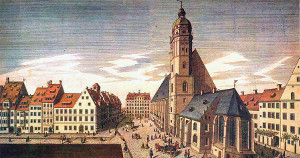
For soprano, oboe, strings and continuo. 7 musicians, around 45 minutes of playing time.
The region considered to be the heart of Germany - including Saxony, Thuringia and Saxony-Anhalt - has a long and rich musical tradition. Today, the most famous of its native composers is clearly Johann Sebastian Bach, but many other great musicians lived and worked in this region during the 18th century, musicians who are much less famous now than they were during their lifetimes.
We enjoy bringing great works by less-well-known composers to light, and so in this programme we have included treasures by the composers Gottfried Heinrich Stölzel and Johann Friedrich Fasch, along with more familiar musical gems by Johann Sebastian Bach. The latter appreciated the music of these two of his colleagues very much. Let your ear be enchanted by lively chamber music and bright sacred cantatas that emerged from the heart of Germany, and still reach out to grab the hearts of audiences.
Silete, venti!
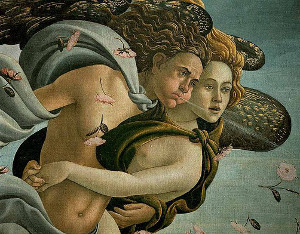
For soprano, flute/oboe, strings and continuo. 7 musicians, around 70 minutes of playing time.
In this programme we introduce our audience to the opulent world of baroque affects, where strong emotions as well as natural phenomena are described in music. The theory of figures and affects which baroque composers adopted comes from the world of the Ancient Greeks, where masters of rhetoric and their abilities to debate as well as their skills to generate emotions were highly esteemed. Inspired by these ancient ideas, 18th Century composers such as Bach, Handel and Vivaldi use baroque affects to communicate their messages, stirring the passions of their listeners.
Mein Herze schwimmt im Blut - A Passiontide programme
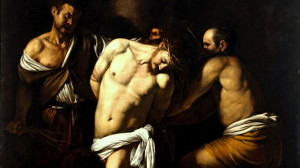
For soprano, oboe, strings and continuo. 7 musicians, around 70 minutes of playing time.
Easter is the most important Christian festival in the liturgical year, celebrating the death and resurrection of Jesus Christ, who died to deliver the mankind from their sins. The weeks before Easter are used to remember Jesus' life and suffering, but also to think about one's own defects and the hoped-for redemption. For people living in the 18th century, religion was a central part of their lives, and the important festivals of the church year were celebrated accordingly. Great music was performed as part of those celebrations.
For Passiontide, some of the most beautiful and intense works were written in response to two particular emotional themes of that season: the compassion for Jesus' suffering, and the profound hope for redemption. This programme of cantatas and chamber music by Johann Sebastian Bach, Christoph Graupner and Johann Gottlieb Janitsch provides an alternative to the commonly performed St. John and St. Matthew passions, and offers emotional intensity and depth that will move the soul.